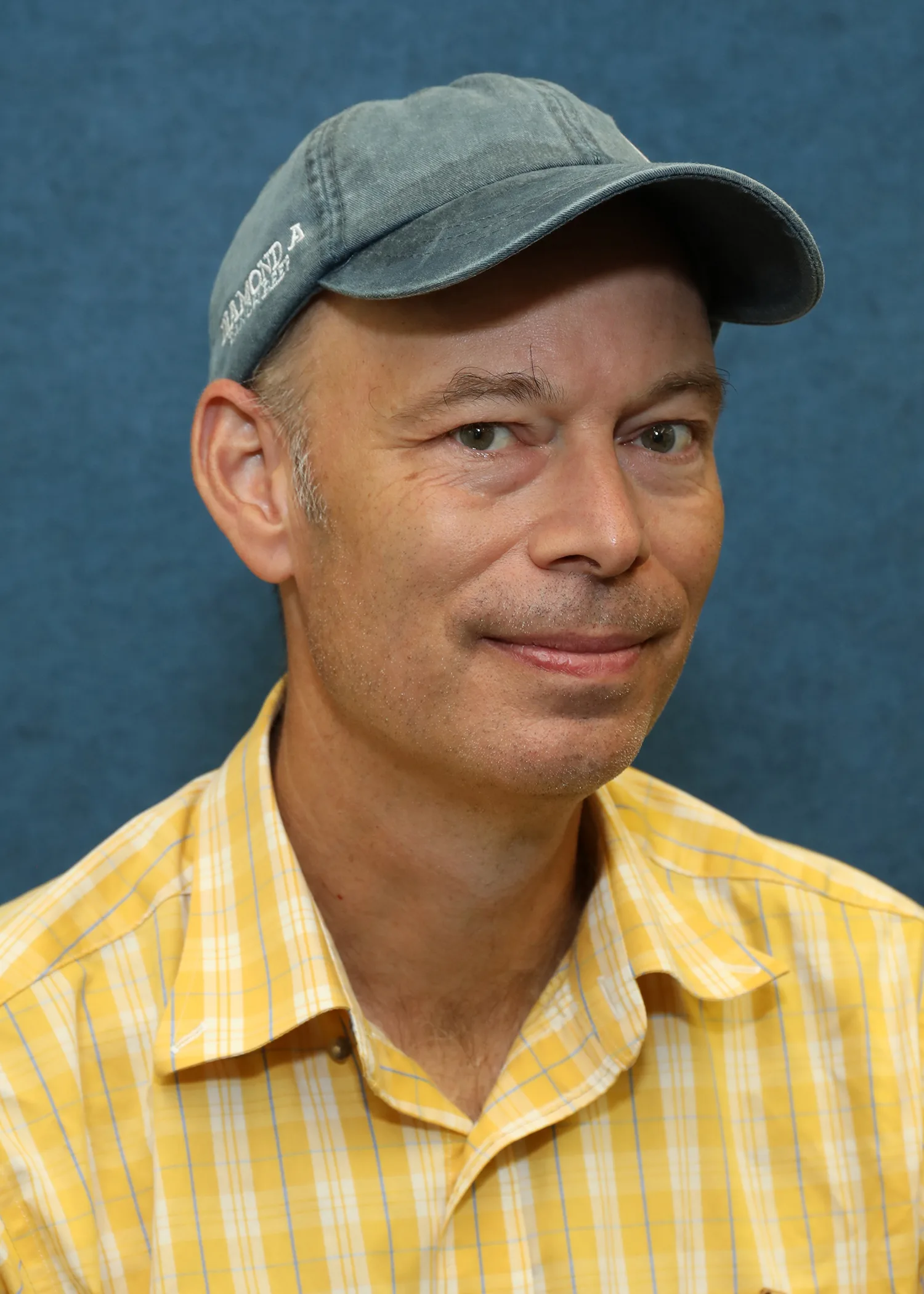An exploration of the functions of roots specific to the native plant community, how those functions have been lost or modified in purpose developed plants, and how they might benefit all types of land management systems.
Home » Speakers Bureau » Speakers Bureau » The Rhizosphere: The Hidden Half of Native Plants
An exploration of the functions of roots specific to the native plant community, how those functions have been lost or modified in purpose developed plants, and how they might benefit all types of land management systems.

Dr. Jake Mowrer is a soil chemist with Texas A&M AgriLife Extension. He works with all aspects of soil management where growing plants is the goal. His research focus is […]

Dr. Jake Mowrer is a soil chemist with Texas A&M AgriLife Extension. He works with all aspects of soil management where growing plants is the goal. His research focus is on the intersection of crop and native plant management for soil carbon sequestration and best use of soil and fertilizer nutrients to provide benefits to water resources and mitigate climate change. His Extension work includes outreach to the farming community, master gardeners, master naturalists, and other groups around the state on soil and water resource stewardship. Jake holds a Masters and a PhD from the the University of Georgia in soil chemistry / soil fertility. Before joining Texas A&M he held jobs as a chicken farmer, chef of French cuisine, carpenter, and environmental analysis laboratory manager. In his spare time he enjoys cooking healthy meals and playing jazz guitar and mandolin around the College Station area

New Braunfels, the location of our Fall 2024 Symposium, straddles both the Edwards Plateau Ecoregion and the Blackland Prairie ecoregion. Interstate 35 divides the city of New Braunfels; its path through the city closely parallels the boundary of these two ecoregions, with the Edwards Plateau on the west side and the Blackland Prairies region to the east. The Edwards Plateau area is also called the Hill Country; however, this general term covers a much larger area extending farther north. Spring-fed creeks are found throughout the region; deep limestone canyons, rivers, and lakes (reservoirs) are common. Ashe juniper is perhaps the most common woody species found throughout the region. Additional woody species include various species of oak, with live oak (Quercus fusiformis) being the most common. Sycamores (Platanus occidentalis) and bald cypress (Taxodium distichum) border waterways. This area is well known for its spring wildflower displays, though they may be viewed in spring, late summer, and fall, as well. According to Texas Parks and Wildlife, average annual rainfall in the Edwards Plateau ranges from 15 to 34 inches.
The Blackland Prairie extends from the Red River south to San Antonio, bordered on the west by the Edwards Plateau and the Cross Timbers, and on the east by the Post Oak Savannah. Annual rainfall averages 30 to 40 inches, with higher averages to the east. This region is dominated by prairie species. The most common grass species include little bluestem (Schizachyrium scoparium) and Indian grass (Sorghastrum nutans) in the uplands and switchgrass (Panicum virgatum) in the riparian areas and drainages. Common herbaceous flowering plants include salvias, penstemons, and silphiums. This area has suffered greatly from overgrazing and agricultural use. Few intact areas remain, though many of the plants can be found along county roadsides throughout the region.
Our four host chapters (New Braunfels, Lindheimer, Guadalupe, and the Hill Country chapters) are located in one or both of the ecoregions above. However, the eastern portion of Guadalupe County also falls within the Post Oak Savanna ecoregion. Annual rainfall averages 35 to 45 inches, with higher averages to the east. A wide variety of hardwood trees are found, including several species of oaks, elms, and in the Bastrop area, loblolly pine (Pinus taeda). Grasses and forbs dominate in the open savannas, with most common grass being little bluestem. Ranching, agriculture, and fire suppression have allowed woody species to encroach on the once-open savannas.
Source: Wildflowers of Texas by Michael Eason